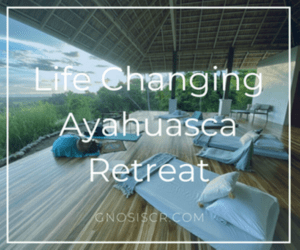Ifigenia Quintanilla, Archaeologist at the Museum of Costa Rica, highlighted the recent excavation work in the Tivives mangrove swamp and added that the archeology of Costa Rica in the last 40 years has been done, mainly, by national archaeologists born into families that are not wealthy and, in many cases, from poor families.

“This contrasts with the archeology dominated by the elites and wealthy families that for more than 100 years swarmed around the National Museum of Costa Rica chosen as its stronghold. They were the collectors and traffickers of pre-Columbian objects.But when the law changed and the social perception that the past was the objects and that these could be privately owned, this also changed the relationship of the elites with this new concept called national heritage,” said Quintanilla, who for several years has been in charge of investigating everything related to the spheres, sculptures that today are a World Heritage Site thanks to UNESCO.
For Ifigenia, the rupture and the legal struggles for being private owners implied a disaffection of the power and the elites for national archaeology. “It implied the absence of pre-Columbian history in national history, except for what has to do with the national identity discourse. The powerful do not forgive being stripped of their privileges. Fortunately, there is a University, the one in Costa Rica that trained professionals in archaeology, in turn, the State broke, in a certain way, the link with collectors and dealers,” she wrote. It is worth noting that in 40 years, local communities and native peoples were left out of this process.
Investigations on the spheres in Costa Rica
According to research that has been done in the last 30 years, today it is known that in Costa Rica there are 4 archaeological sites with spheres included as part of the UNESCO World Heritage Sites, which is important since in America, there are very strongprejudice, a lot of racism and denial of the indigenous contribution.
The fact that they are valued as universal elements, a product of indigenous human creation, has been fundamental in reducing derogatory evaluations. The stone spheres have made it possible to revalue the indigenous peoples and all their contribution, not only to the heritage of Costa Rica but to the heritage of the whole world.In these times, various people have been interested in knowing everything related to structures that have a past that does not lose validity.
Quintanilla, told exclusively for TCRN, that she is writing a book on the subject of the spheres, updating a previous text that she published, in addition to the conferences in the context of scientific dissemination and to publicize this important heritage of the humanity.
According to the discoveries
A rock that is in San Pedro de Pérez Zeledón was recently discovered, it is called the Coñanga stone and owes its name to the former owner who was a renowned healer in the area. This rock has the traces of the ancient glaciers of the upper part of the Cordillera de Talamanca and has figures engraved by indigenous hands from pre-Columbian times, it is a treasure of information on the geomorphology, climatic history and archeology of this area of Costa Deliciosa.
Also, it was possible to appreciate the pre-Columbian rock in Bolsón de Santa Cruz de Guanacaste.In 2021, there were several discoveries and one very special one, a pre-Columbian stone sphere in perfect condition.Those who found it were the workers of a farm located in the south of the country, to be specific Farm 12 in Palmar Sur de Osa, province of Puntarenas, the sphere measures approximately 1.23 meters in diameter.
Just like Quintanilla, people feel amazed when observing the rocks and their various forms, in addition to the history they have with them, therefore, they always carry with them phones with good camera resolution so that the findings can be informed to a wide general public.

